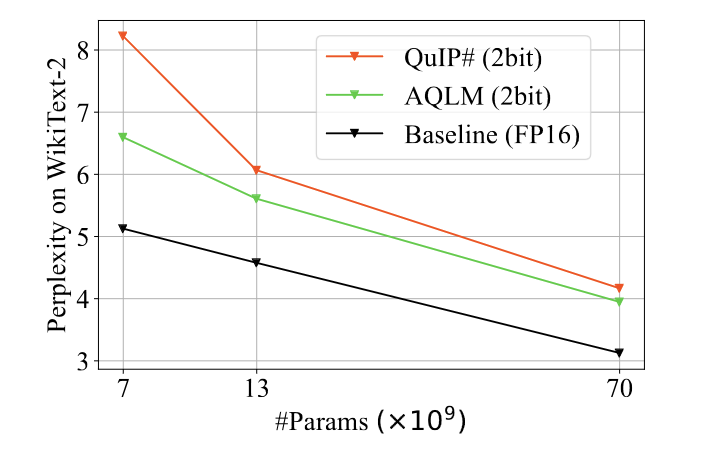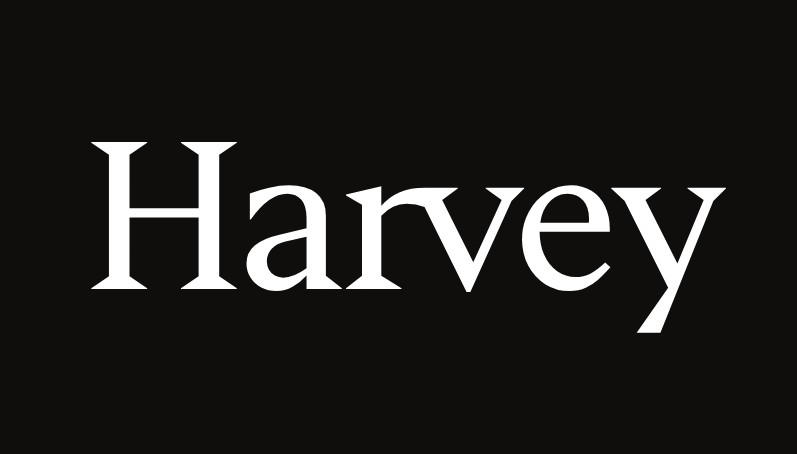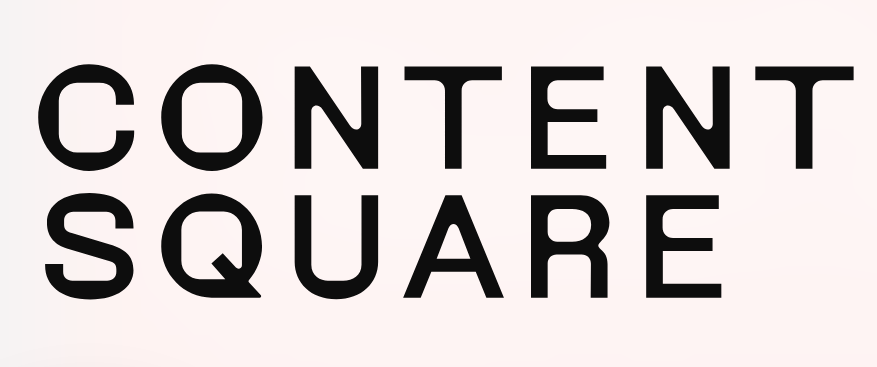Insider Brief
- Yandex Research, IST Austria, NeuralMagic, and KAUST develop and open-source two large language model (LLM) compression methods, AQLM and PV-Tuning, reducing model size by up to 8 times while retaining 95% response quality.
- New methods reduce equipment costs by up to 8 times, significantly lowering the barrier to entry for AI deployment.
- Compressed models like Llama 2 13B can run on 1 GPU instead of 4.
PRESS RELEASE — The Yandex Research team, in collaboration with researchers from IST Austria, NeuralMagic, and KAUST, have developed two innovative compression methods for large language models: Additive Quantization for Language Models (AQLM) and PV-Tuning. When combined, these methods allow for a reduction in model size by up to 8 times while preserving response quality by 95%. The methods aim to optimize resources and enhance efficiency in running large language models. The research article detailing this approach has been featured at the International Conference on Machine Learning (ICML), currently underway in Vienna, Austria.
Key features of AQLM and PV-Tuning
AQLM leverages additive quantization, traditionally used for information retrieval, for LLM compression. The resulting method preserves and even improves model accuracy under extreme compression, making it possible to deploy LLMs on everyday devices like home computers. This results in a significant reduction in memory consumption.
PV-Tuning addresses errors that may arise during the model compression process. When combined, AQLM and PV-Tuning deliver optimal results — compact models capable of providing high-quality responses even on limited computing resources.
The effectiveness of the methods was rigorously assessed using popular open source models such as LLama 2, Llama 3, Mistral, and others. Researchers compressed these large language models and evaluated answer quality against English-language benchmarks — WikiText2 and C4 — maintaining an impressive 95% answer qualityas the models were compressed by 8 times.
Who can benefit from AQLM and PV-Tuning
The new methods offer substantial resource savings for companies involved in developing and deploying proprietary language models and open-source LLMs. For instance, the Llama 2 model with 13 billion parameters, post-compression, can now run on just 1 GPU instead of 4, reducing hardware costs by up to 8 times. This means that startups, individual researchers, and LLM enthusiasts can run advanced LLMs such as Llama on their everyday computers.
AQLM and PV-Tuning make it possible to deploy models offline on devices with limited computing resources, enabling new use cases for smartphones, smart speakers, and more. With advanced LLMs integrated into them, users can use text and image generation, voice assistance, personalized recommendations, and even real-time language translation without needing an active internet connection.
Moreover, models compressed using the methods can operate up to 4 times faster, as they require fewer computations.
Implementation and access
Developers and researchers worldwide can already use AQLM and PV-Tuning, which are available on GitHub. Demo materials provided by the authors offer guidance for effectively training compressed LLMs for various applications. Additionally, developers can download popular open-source models that have already been compressed using the methods.






